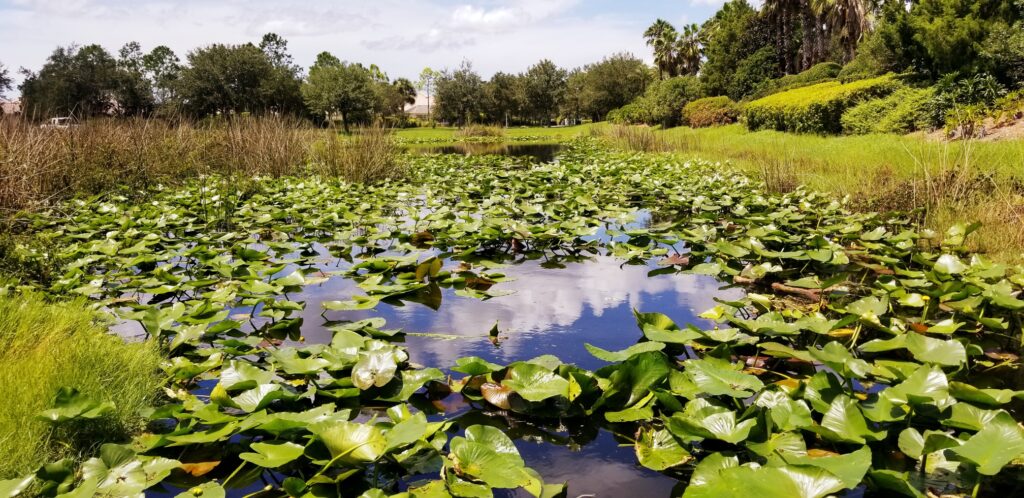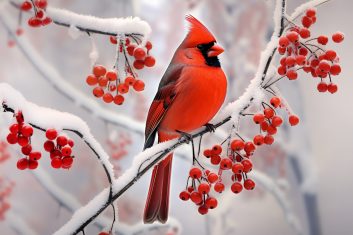
If you’re responsible for overseeing the management of a lake or stormwater pond, you know it’s a valuable asset that elevates the beauty and appeal of your community. However, you also know that residents who expect a well-maintained, picturesque environment will quickly voice their concerns at the first sign of unsightly weeds in the water.
Whether sprouting near the shoreline and shallow waters, floating on the surface, or growing under the water, lake and pond weeds can overwhelm ecosystems and contribute to more serious issues, including muck accumulation, clogged stormwater systems, and flooding. Furthermore, weeds may hinder recreation and pose safety risks by clogging boat motors and entangling fishing lines and swimmers.
Even the best-maintained waterbodies are not immune to occasional weed growth. Nuisance and invasive plants can be introduced through boats, recreational equipment, migrating birds, or extreme weather events. Early detection and swift action are crucial to prevent infestations from escalating into larger, more costly problems.
Identifying aquatic weeds is challenging, as many species closely resemble beneficial native plants and often go unnoticed until they reach disruptive levels. By understanding the four main categories of aquatic weeds, along with their characteristics and regional presence, you can take proactive measures to address potential issues, keep residents happy, and maintain the desirability of your community.
ABOUT THE AUTHOR
SOLitude Lake Management is the nation’s largest environmental firm specializing in the sustainable management of lakes, stormwater ponds, wetlands, and fisheries. Discover the most common nuisance and invasive weeds in your local area in this comprehensive educational guide, developed by experienced Aquatic Biologists. To view the guide, visit www.solitudelakemanagement.com/pondweed-id.

















